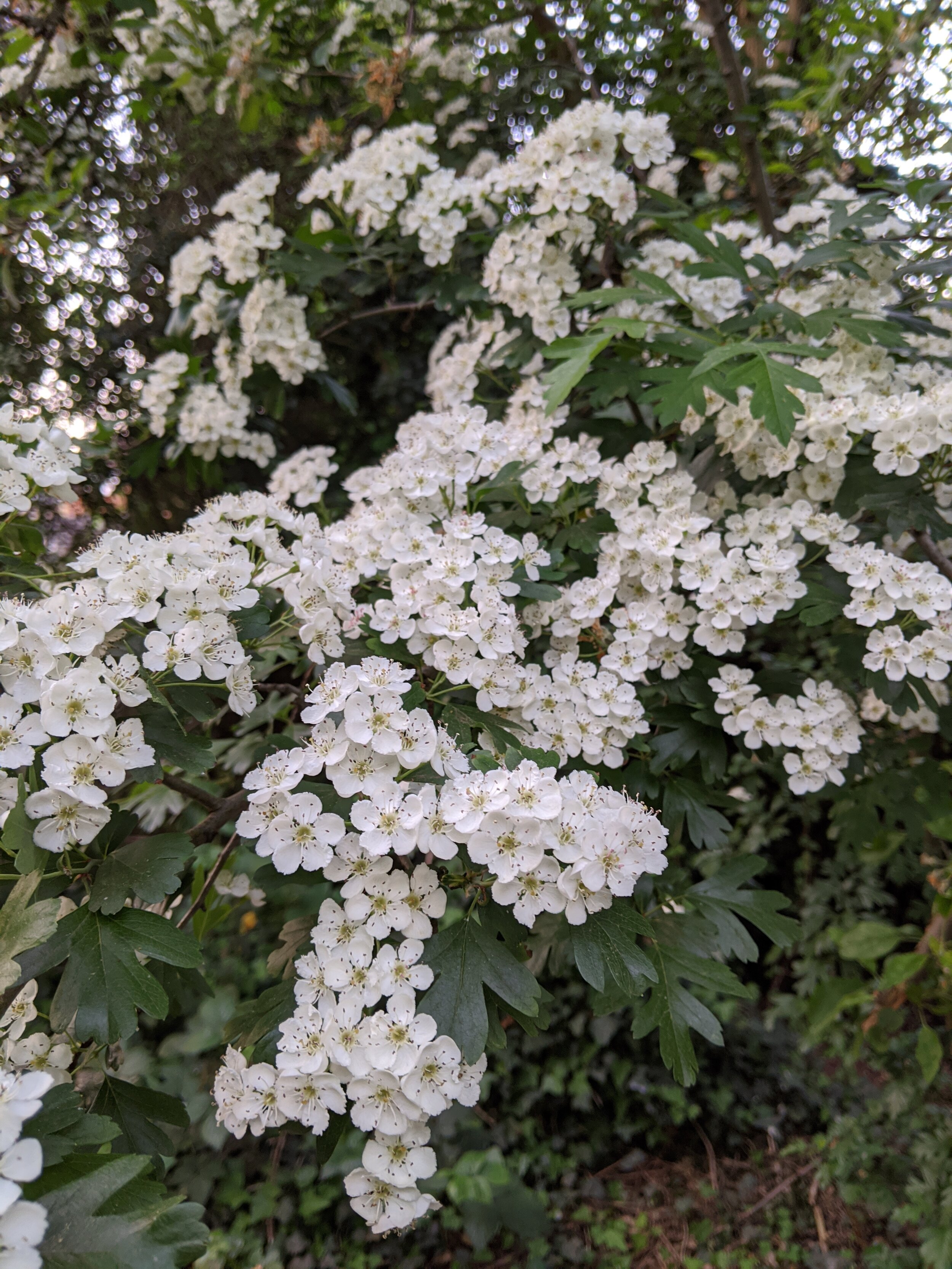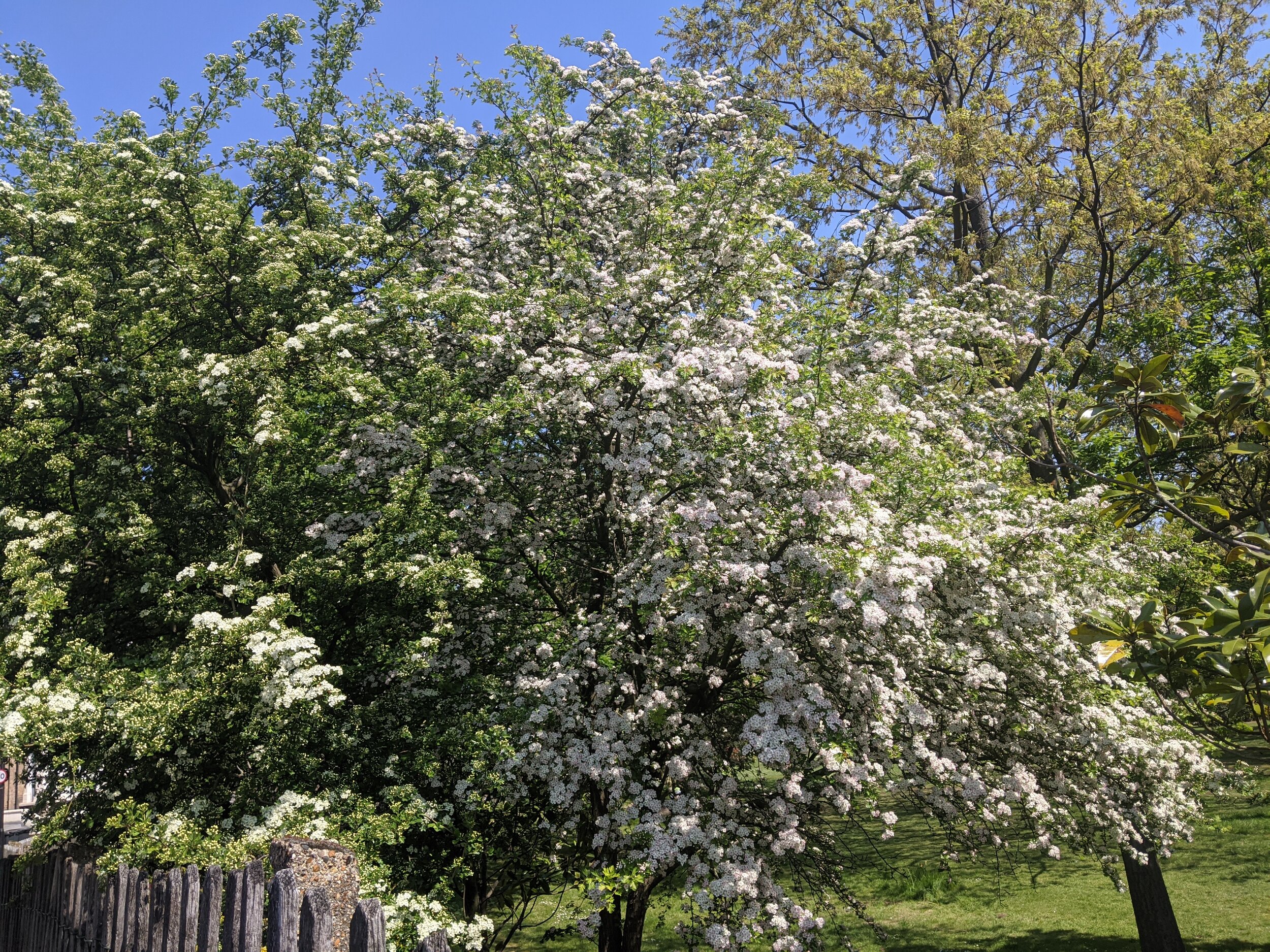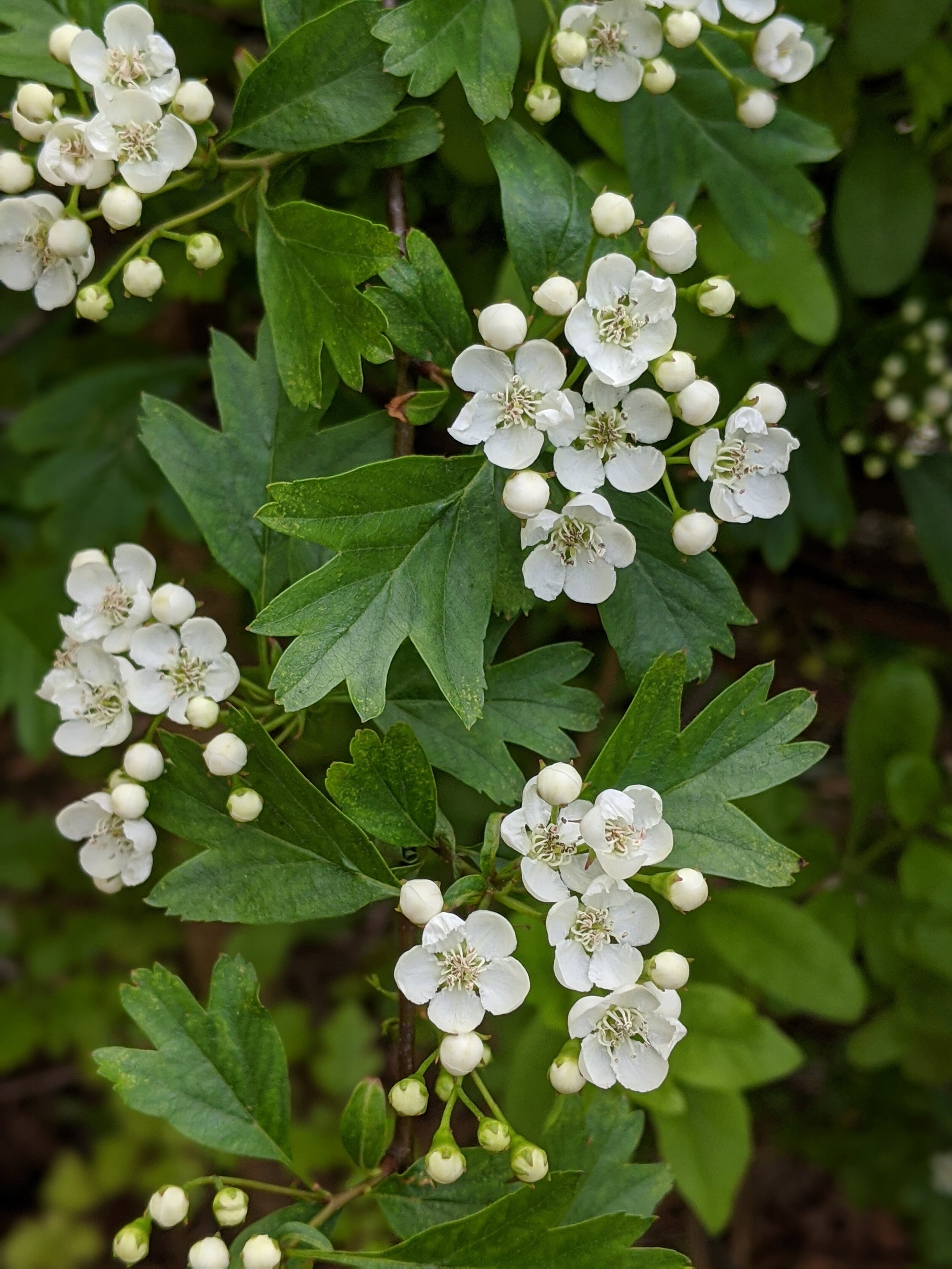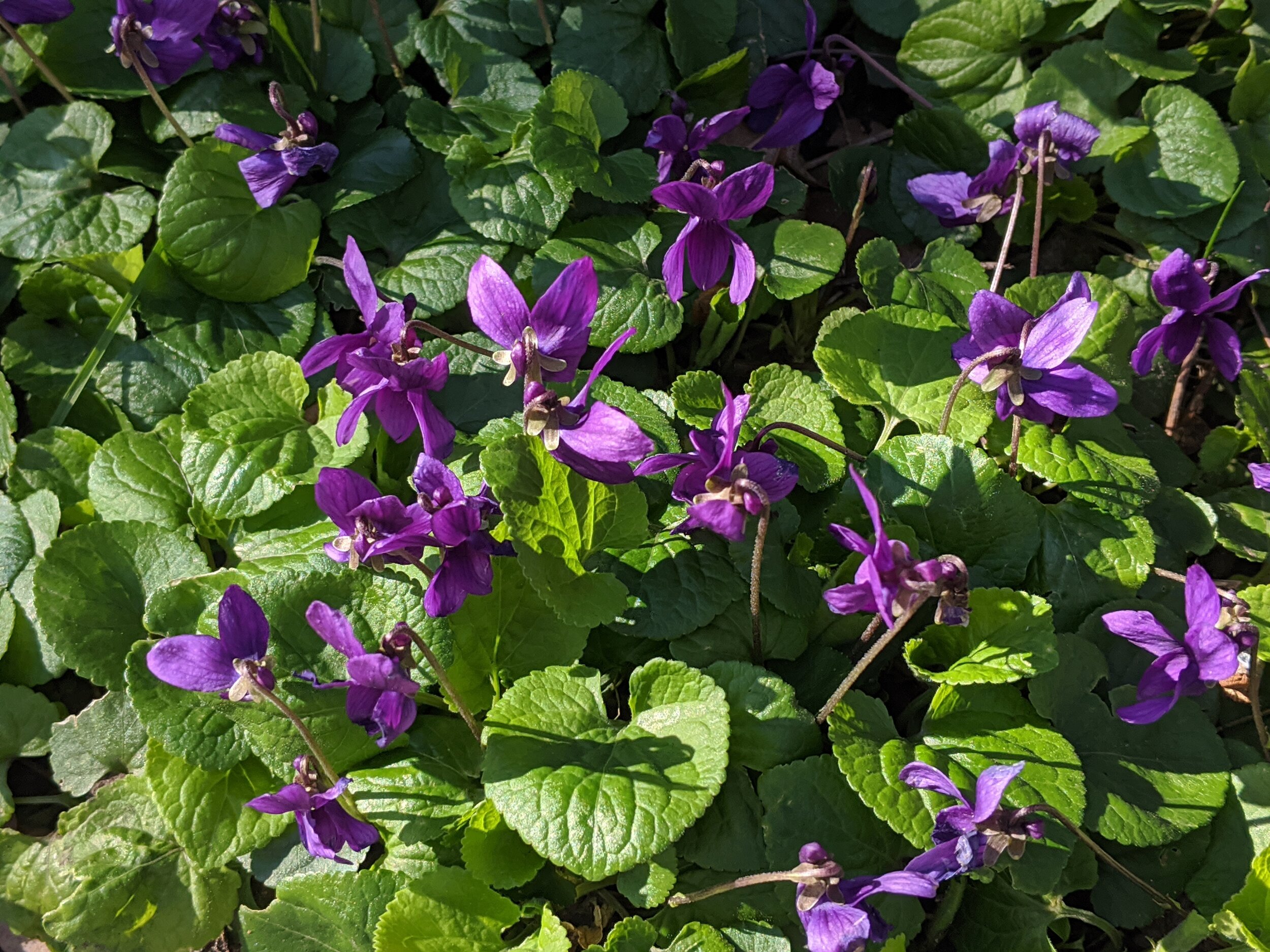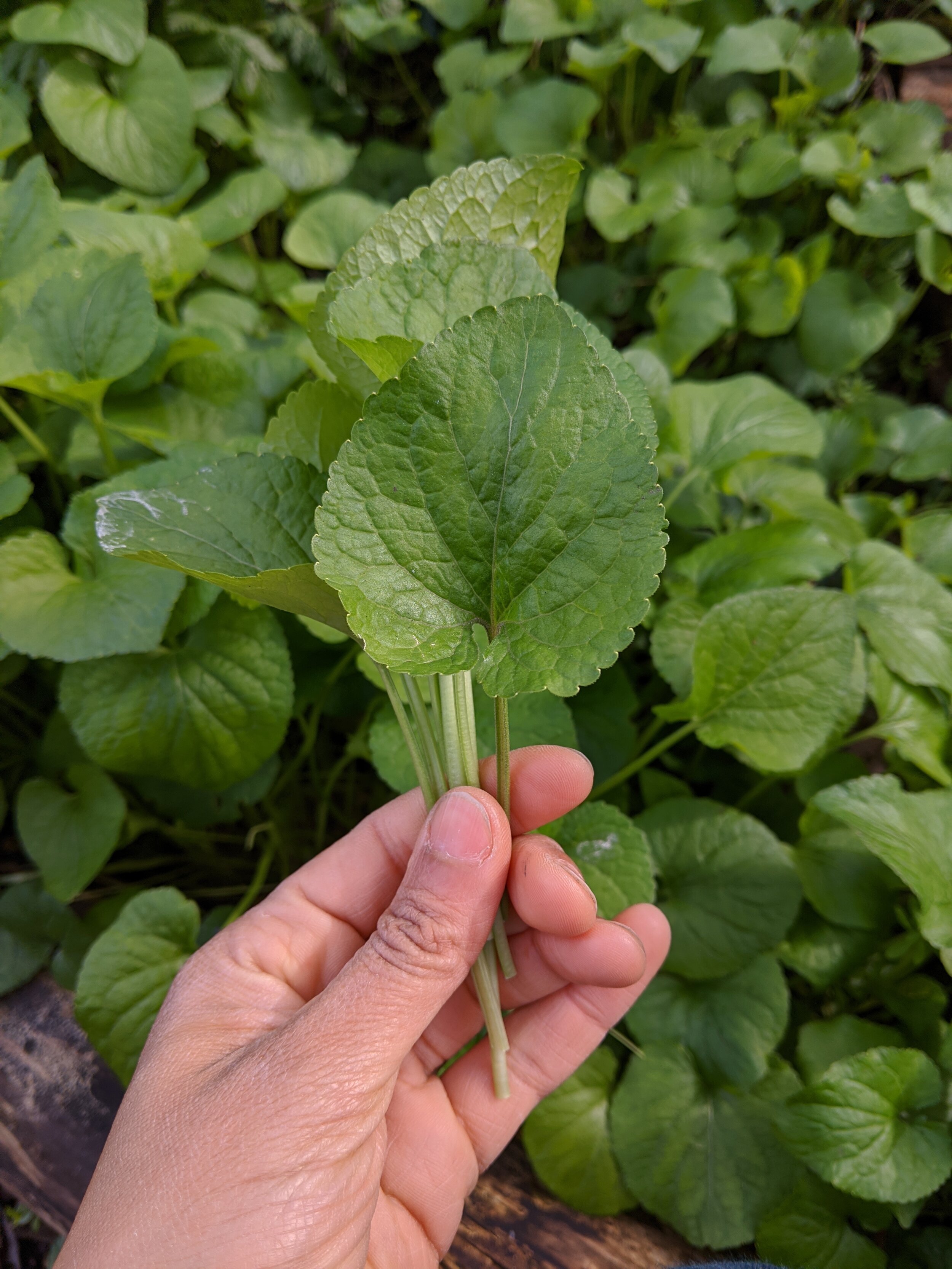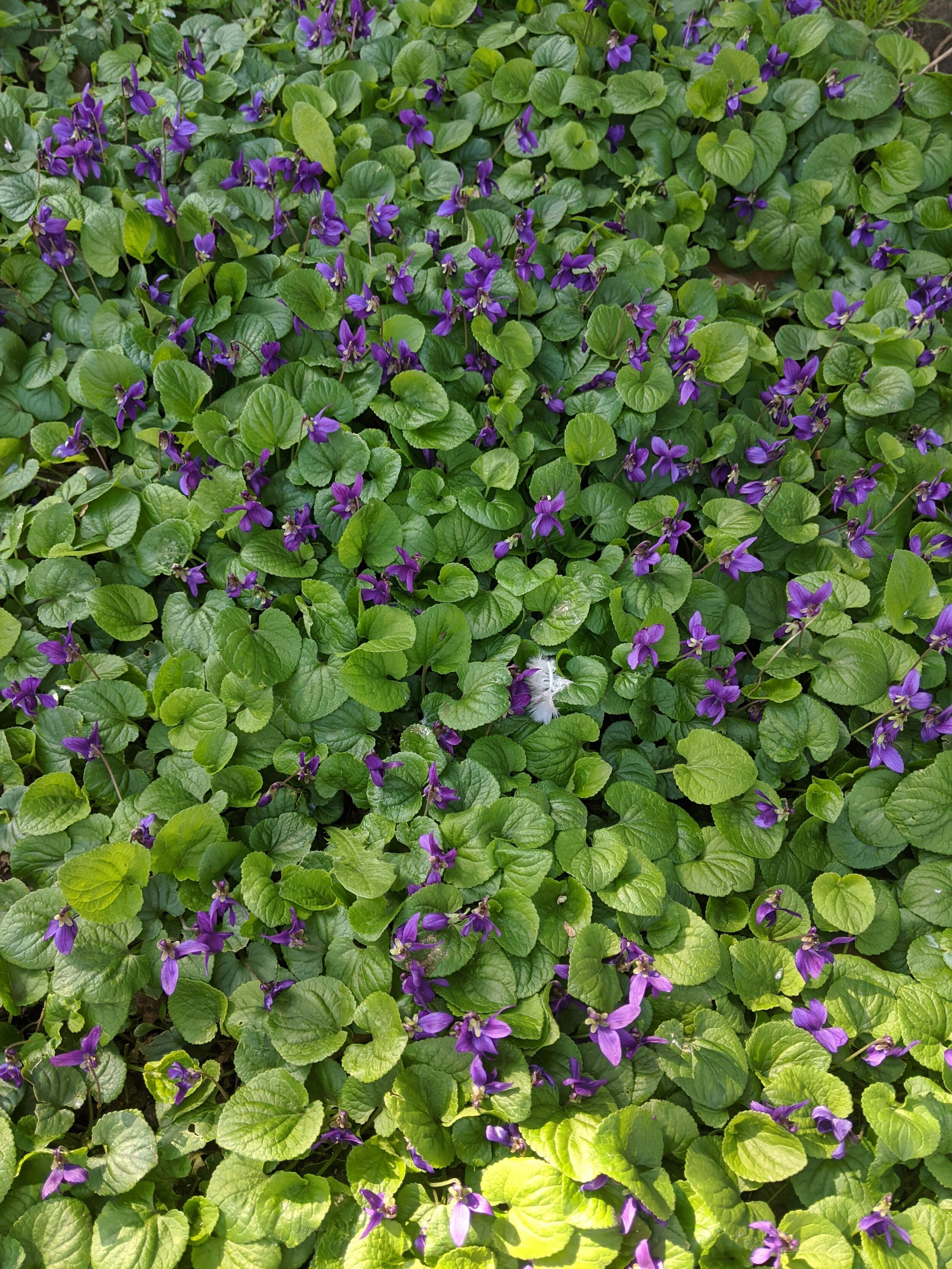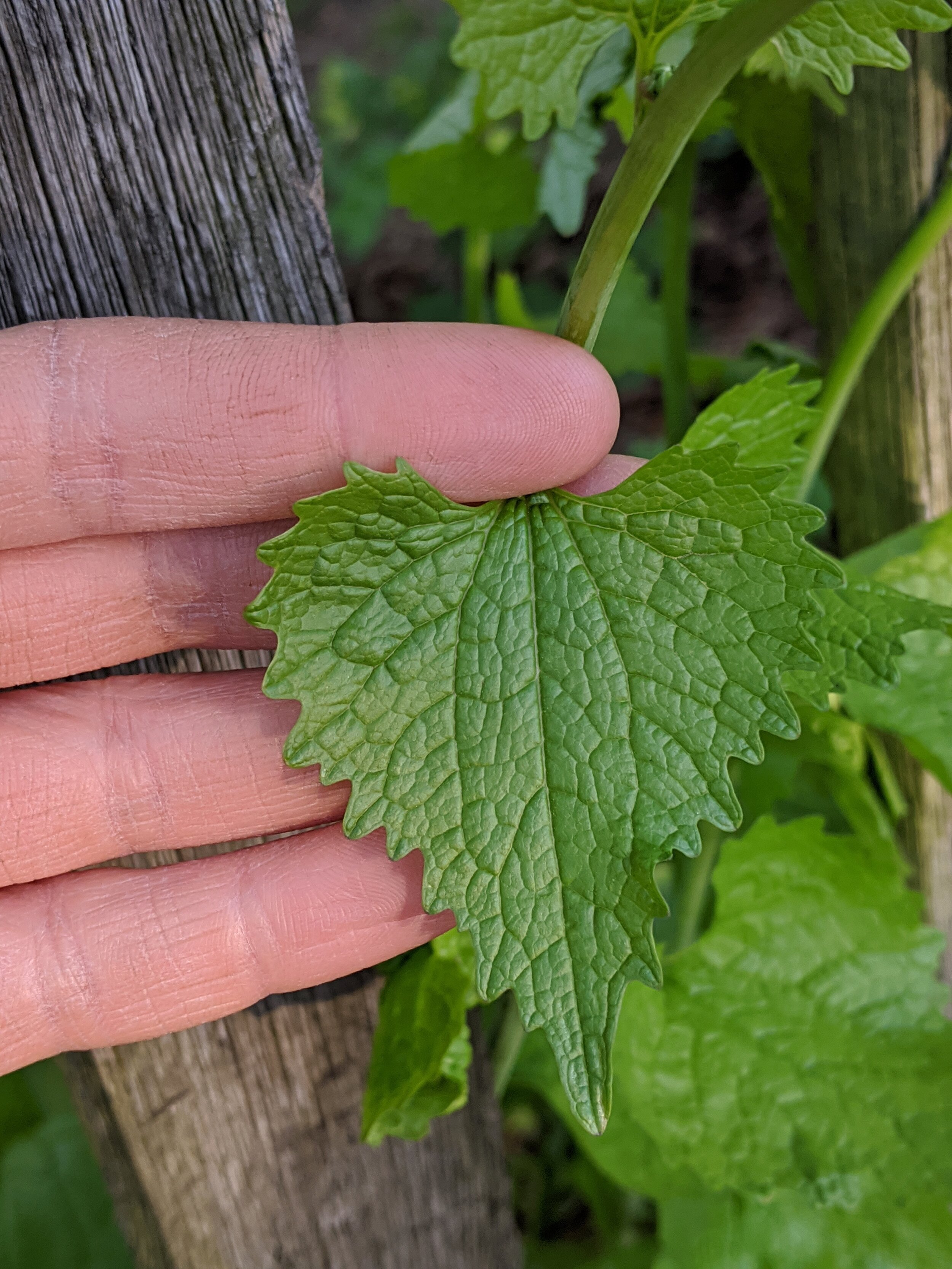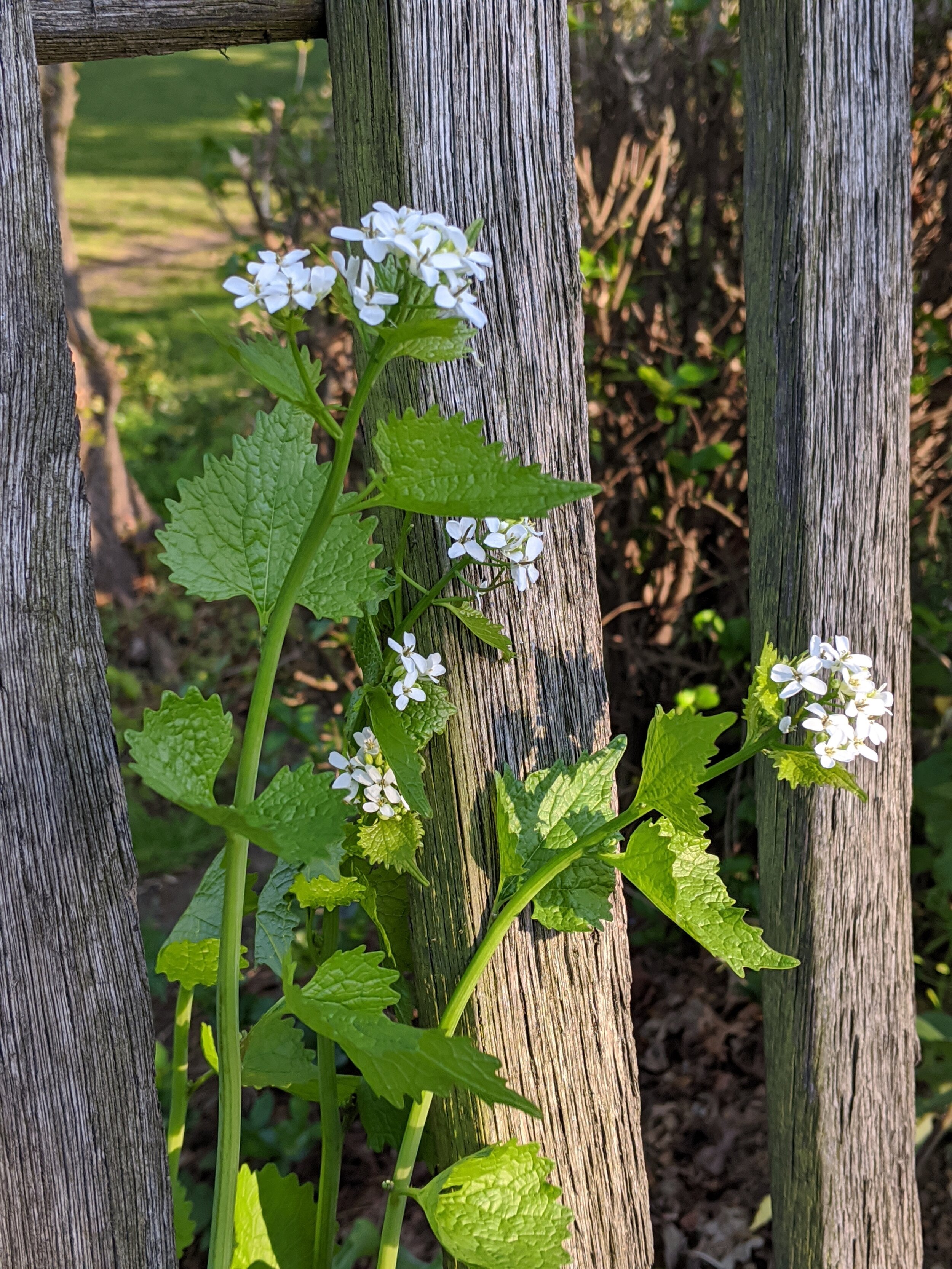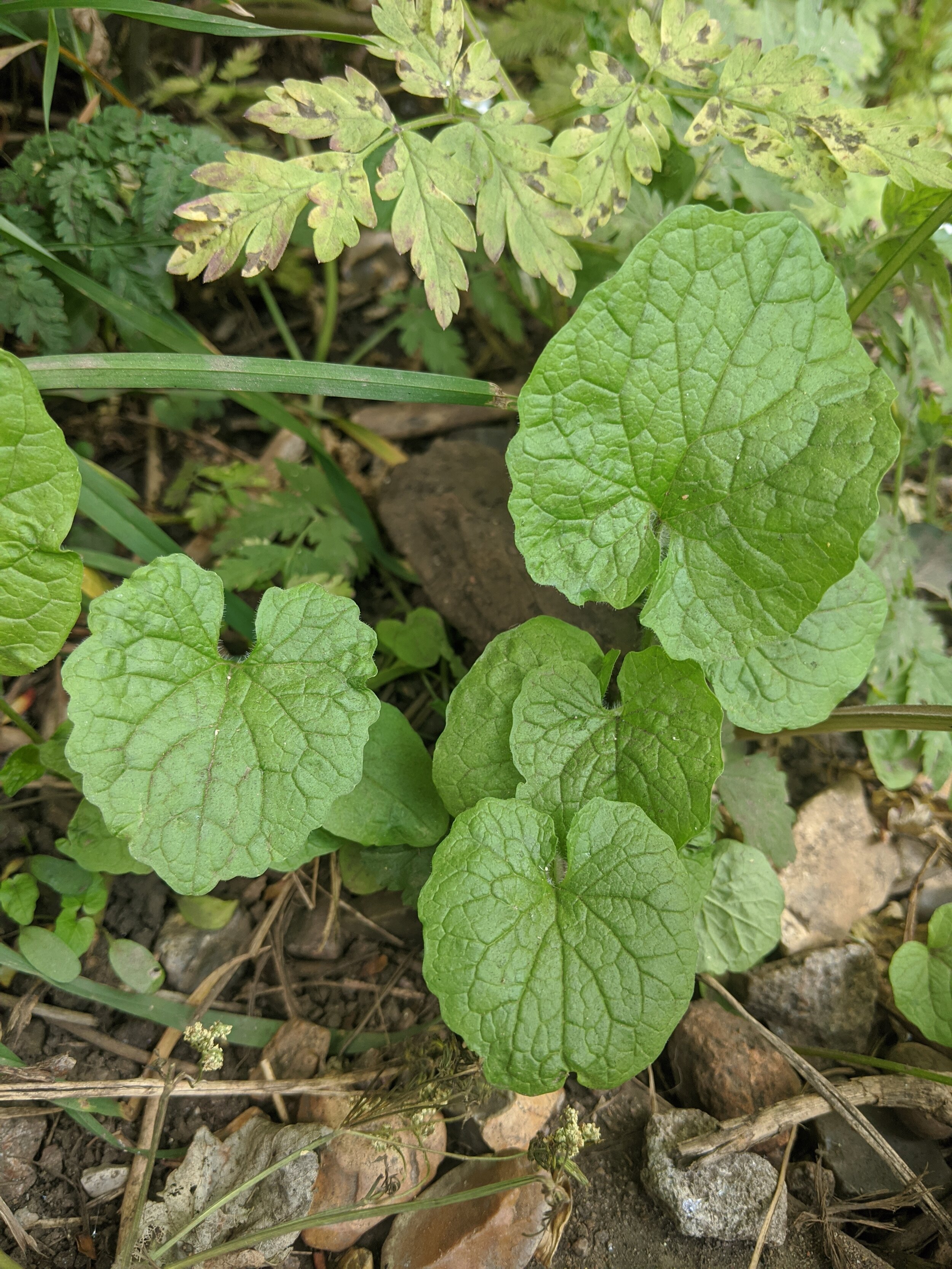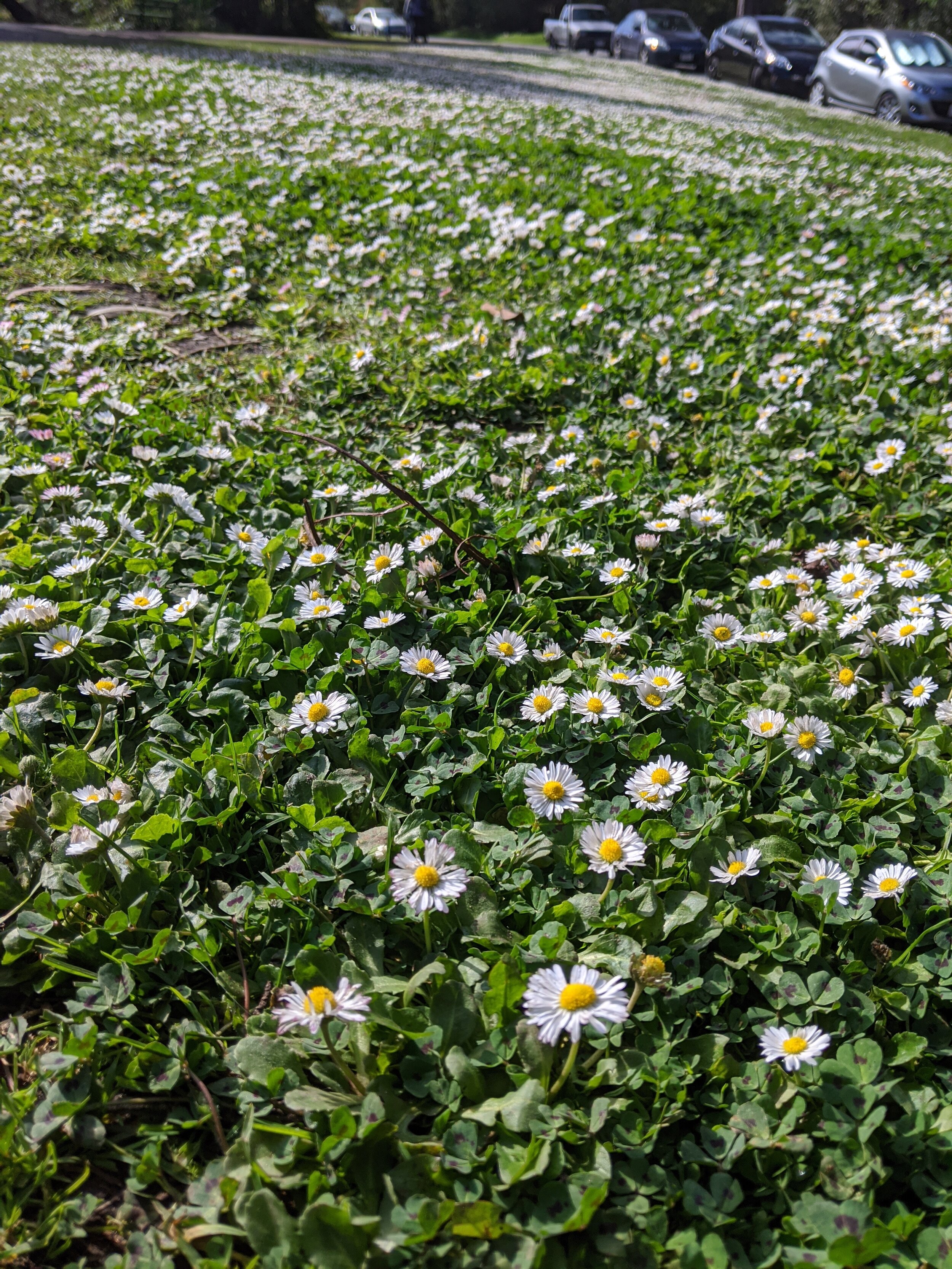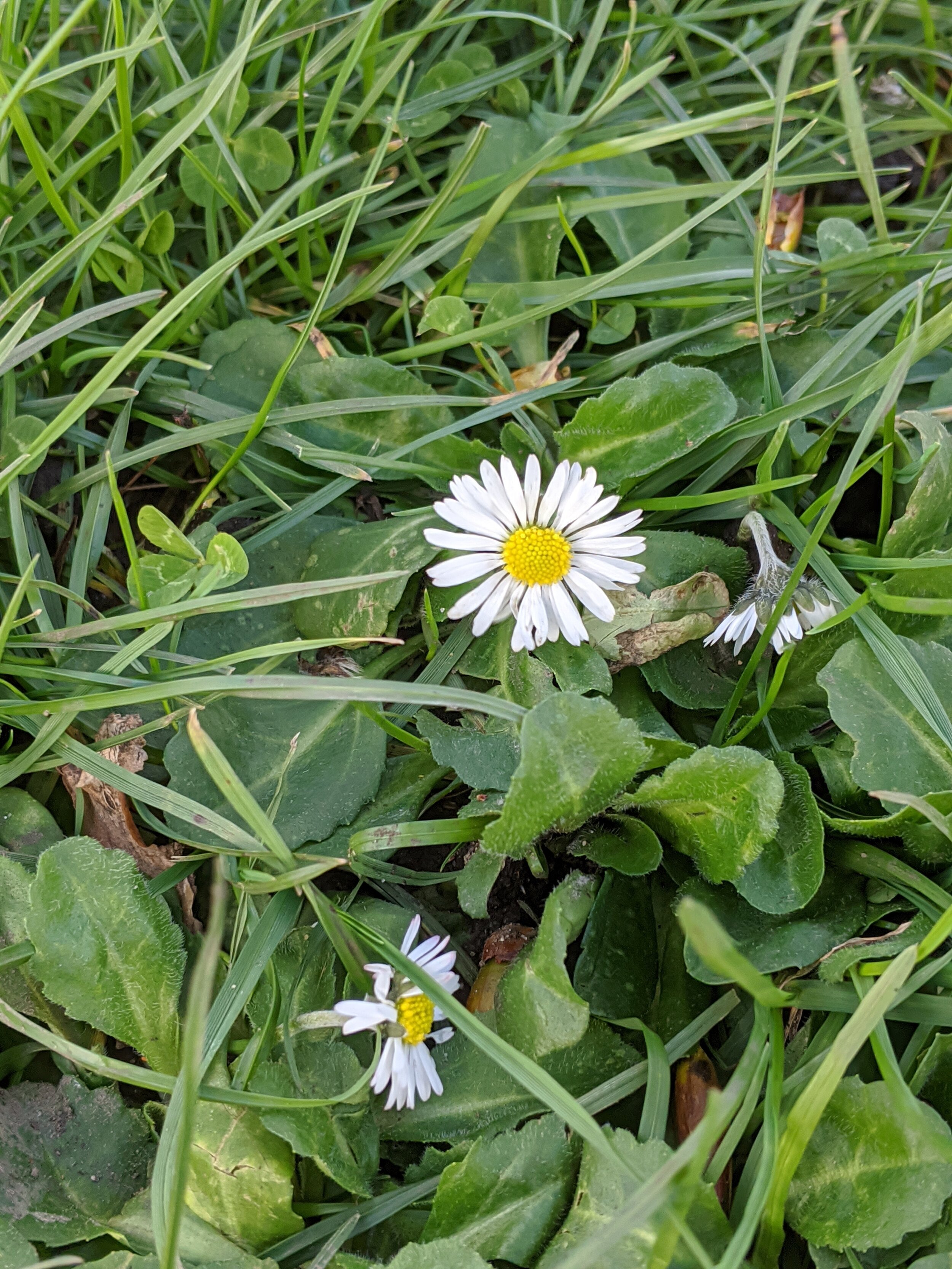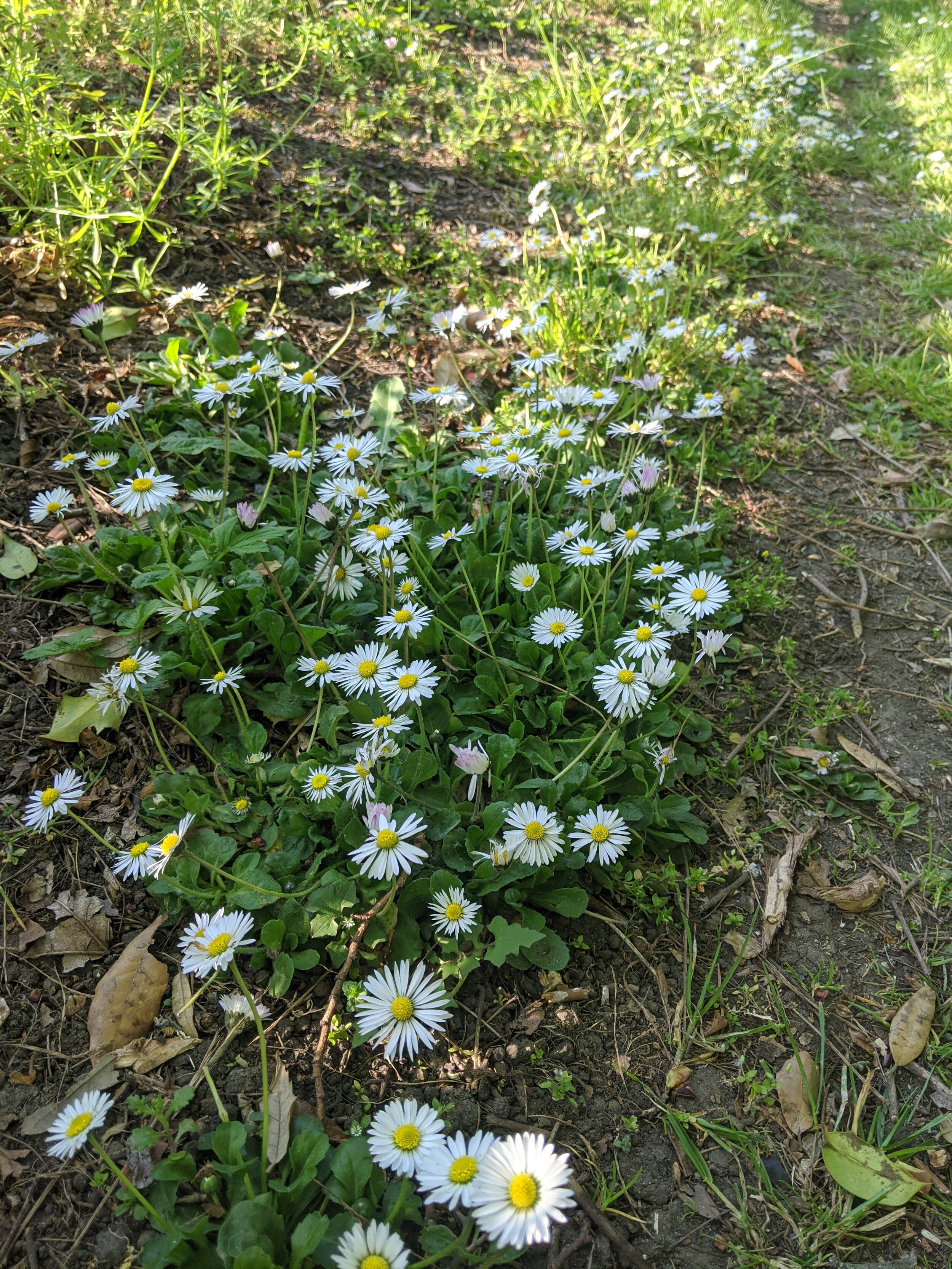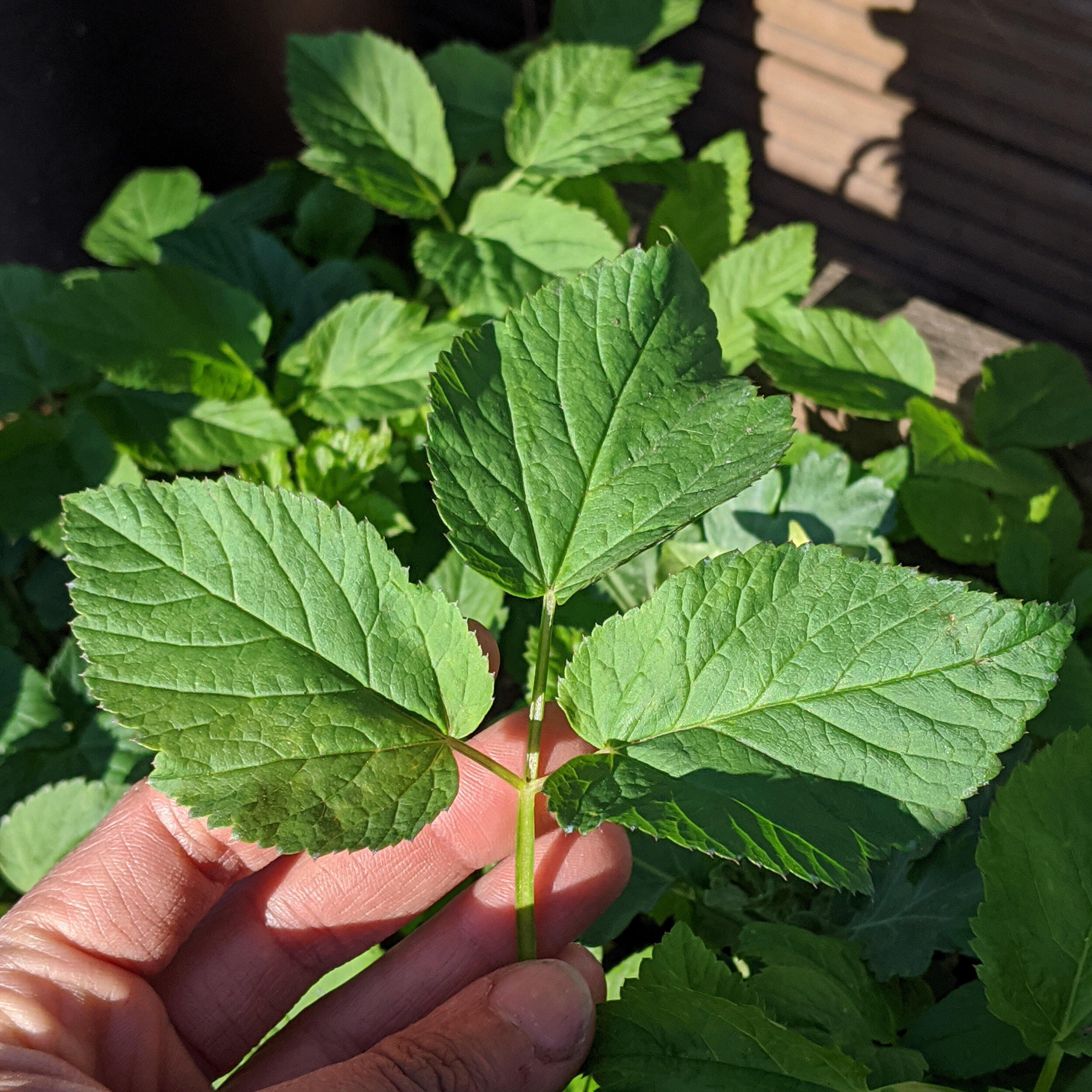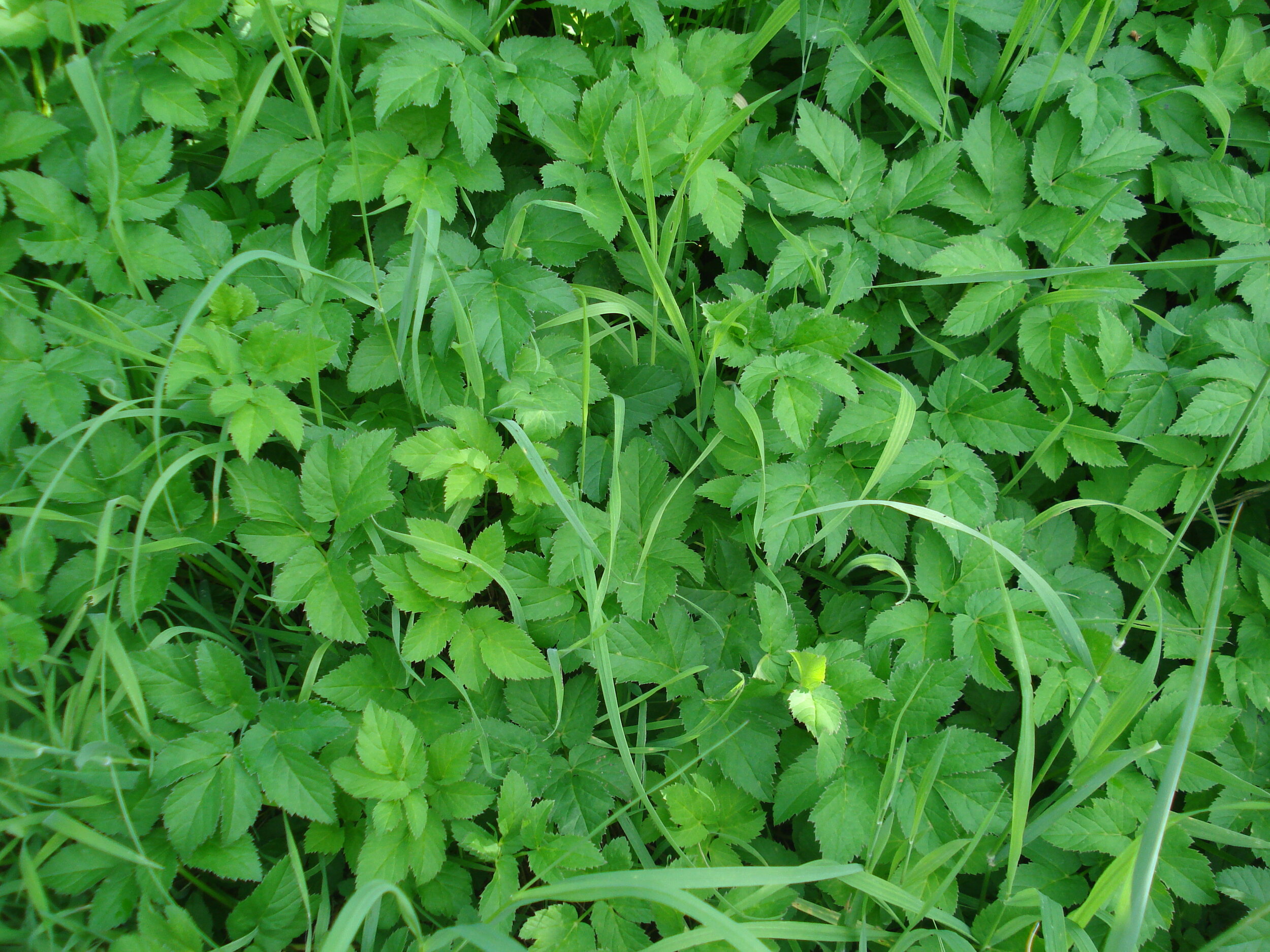Virtual Herb Walk // Late April
/Following on our Virtual Herb Walk last month, here are a few more wonderful plants that you can find growing all around London at the moment.
We invite you to keep an eye out for them when out for a walk or other forms of exercise. See how many you can find, go and learn from them - observe, touch, smell, and if you’re confident you know what they are, taste them!
When out and about, please follow social distancing guidelines (at least two metres) and do not go out if you have a fever, cough, are showing any other symptoms or think you have come into contact with someone who is ill. For up to date advice please refer to the government advice.
HAWTHORN (Crataegus spp.)
A staple in the hedgerow, hawthorns are very common trees in the English countryside and cities alike. It's also known as May tree, named after the month in which it flowers, but, at least here in the Southeast, they start flowering long before that nowadays, with the first buds appearing as early as March.
It is a herb associated with the heart - both physically, where it protects and strengthens the heart muscle and improves circulation around the body, and emotionally, where it looks after our emotional heart, helping to reduce anxiety and deal with grief and heartbreak.
The flowering tops - flowers and young leaves around it, can be used in teas, either fresh or dried. That is my personal preferred way to consume them, but they are also used as food by some, added to salads and other dishes. So much so that one of old common names for the tree is ‘Bread and cheese’.
There are many other trees and shrubs with little white flowers out there, but the shape of the leaves of the hawthorns found here in the UK are pretty easy to recognise.
SWEET VIOLET (Viola odorata)
The leaves and flowers of Sweet Violet can be used both as medicine. The young leaves have a very mild flavour and make a nice addition to salads (but they get though as they get older, so go for the young ones), as do the flowers.
Medicinally, it is an anti-inflammatory and can be used both internally and externally to ease pain. It’s a great one to have to hand int he cold and and flu season (and so a great ally at the moment too) - it’s a powerful expectorant for the respiratory tract, and it has been traditionally used to treat coughs.
A syrup made with the flowers is not only great to soothe coughs and a sore throat, but it also makes a delightful treat for culinary purposes.
JACK BY THE HEDGE (Alliaria petiolata)
Another common name for this tasty wild herb is Garlic Mustard, which I think describes it perfectly. A relative of mustards, it tastes just like a garlicky mustard leaf. Absolutely delicious!
Add the vibrant green leaves to add to salads, soups, dressings and sauces. The flowers also taste great and make a beautiful topping for salads and other dishes.
DAISY (Bellis perennis)
The humble little daisy, so abundant in pretty much any London park and other public space lawns, is great for so much more than just daisy chains.
Both leaves and flowers are edible and packed with healing properties.
A close relative of Arnica, it can used in creams and balms for bruises, burns, grazes and sore muscles. It is also a traditional expectorant and mild diuretic.
GROUND ELDER (Aegopodium podagraria)
Despite the name and slight resemblance of the leaves, ground elder is not at all related to Elder trees. It is, instead, a relative of carrots, coriander, and many wild herbs like cow parsley, hogweed and alexanders.
Although not commonly used in modern herbalism, Ground Elder has a long history of medicinal uses and was cultivated as a food staple in the Middle Ages.
The leaves have a lovely tangy flavour and can be eaten either raw or cooked. The very young leaves are great in salads and older ones can be cooked and used like spinach.



